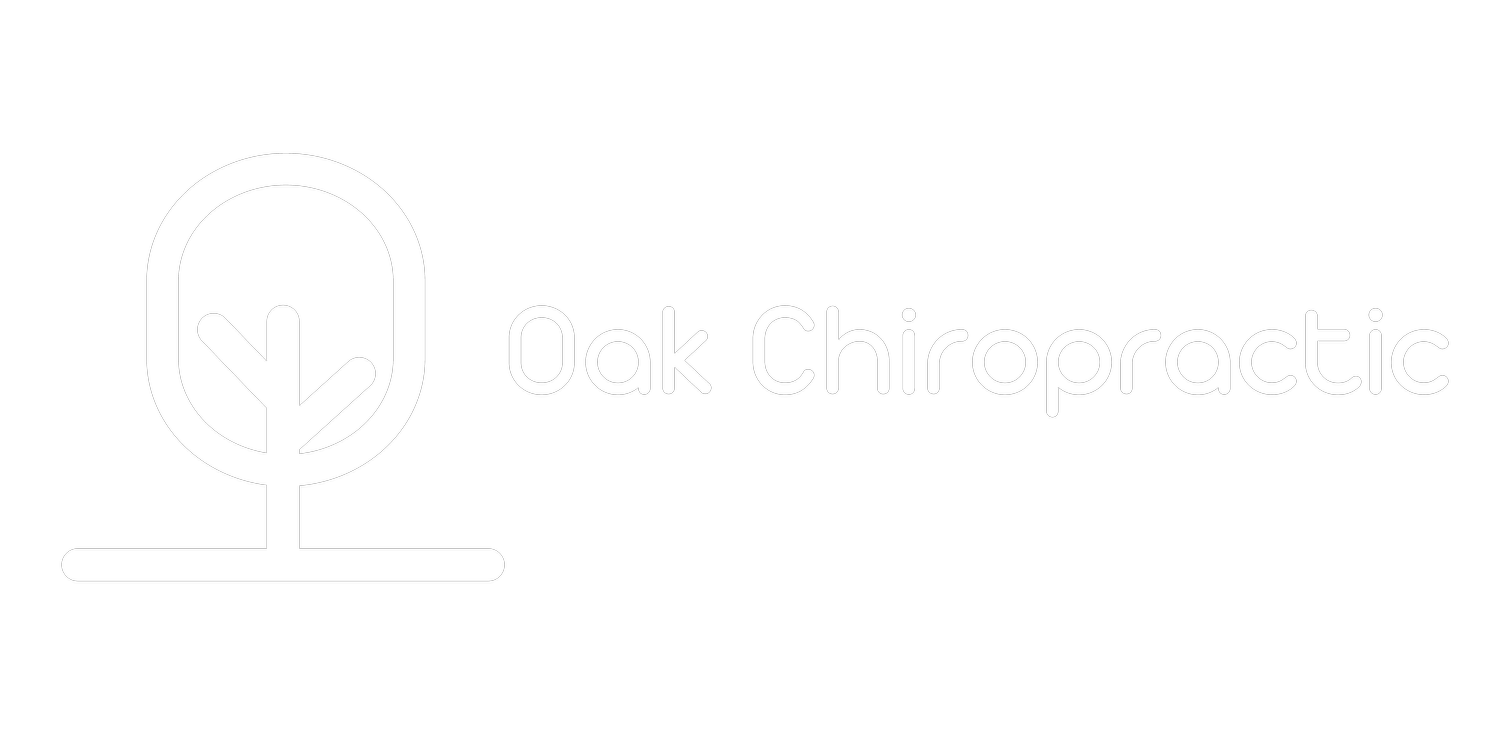The Low Back Pain Crisis
Chiropractic Care and the Global Low Back Pain Crisis: A Natural Solution
Low back pain is now the leading cause of disability worldwide. It's one of the top reasons people miss work, visit their doctor, and reduce their physical activity. From office workers in Brisbane to farmers in regional Australia, this issue affects nearly every demographic — and it’s not slowing down.
At Oak Chiropractic, we believe that chiropractic care has a key role to play in turning this crisis around — one spine at a time.
The Low Back Pain Epidemic
According to recent studies from The Lancet and World Health Organization, over 577 million people globally are affected by low back pain at any given time. In Australia, it’s estimated that 1 in 6 people live with back problems, costing the economy billions in healthcare, productivity loss, and compensation claims.
But here’s the reality: for most people, low back pain isn’t caused by major injury. Instead, it’s often the result of poor posture, prolonged sitting, lack of movement, spinal dysfunction, or repetitive strain. In other words, lifestyle-driven but often preventable or manageable with the right care.
The Problem with Conventional Approaches
Many people are stuck in a cycle of quick fixes - painkillers, rest, short-term therapies. These might relieve symptoms temporarily but don’t always address the root cause.
This reactive model of care can lead to dependency, frustration and, worst of all, chronic pain.
That’s where chiropractic comes in.
How Chiropractic Care Can Help
Chiropractors are trained to assess and correct dysfunctions in the spine and nervous system. These dysfunctions can impact how your body moves, heals, and adapts to daily stress. With hands-on adjustments and personalised care, chiropractic aims to restore normal spinal motion and improve your body’s ability to function naturally.
At Oak Chiropractic, our approach to low back pain is not just about relief — it’s about restoring quality of life and helping patients move from surviving to thriving.
Chiropractic vs. the Life of Probable
Left unaddressed, low back pain can quietly lead to long-term limitations. People stop exercising, avoid certain movements, rely on pain medication, or worse, exit the workforce early. This is what we call the life of probable where your body becomes a barrier to the life you want to live.
But when your spine is functioning well and your nervous system is supported, possibilities open back up. You start to walk taller, move easier, and feel more confident in your body. This is The Life of Possible — it’s what drives everything we do at Oak Chiropractic.
Evidence Is Catching Up
Modern research is starting to reflect what many chiropractors and patients have known for decades. Studies show that chiropractic care:
Can reduce the intensity and frequency of low back pain
May help avoid or reduce reliance on medication
Is safe, non-invasive, and cost-effective for many people
Supports long-term spinal health and movement
In fact, clinical guidelines in countries like the UK, US, and Australia now recommend spinal manipulation (a core part of chiropractic care) as a frontline treatment for acute and chronic low back pain — before opioids or surgery.
Our Approach at Oak Chiropractic
We don’t offer one-size-fits-all care. Your spine, your history, and your goals are unique. That’s why we start with a full consultation, posture and movement assessments, and neurological scans to understand what’s really going on. Then, we develop a tailored care plan to help get you moving and living again — not just free from pain, but back doing what matters most to you.
And if your case isn’t right for chiropractic? We’ll be honest about that and help you find the next best step.
References:
1. Global prevalence and future projections: The Lancet, 2023.
2. Leading cause of YLDs & trends: The Lancet Rheumatology, 2024.
3. Non-specific origins of most low back pain: IASP Pain Fact Sheet, 2019.
4. Overuse of passive treatments & rising burden: ScienceDaily/Lancet Series, 2018.
5. Clinical guidelines recommending manual therapy, including spinal manipulation: NICE, ACP, SIGN, 2016–2020.
6. Evidence for exercise, especially walking, in reducing recurrence: Lancet & JAMA Network Open studies, 2024.
